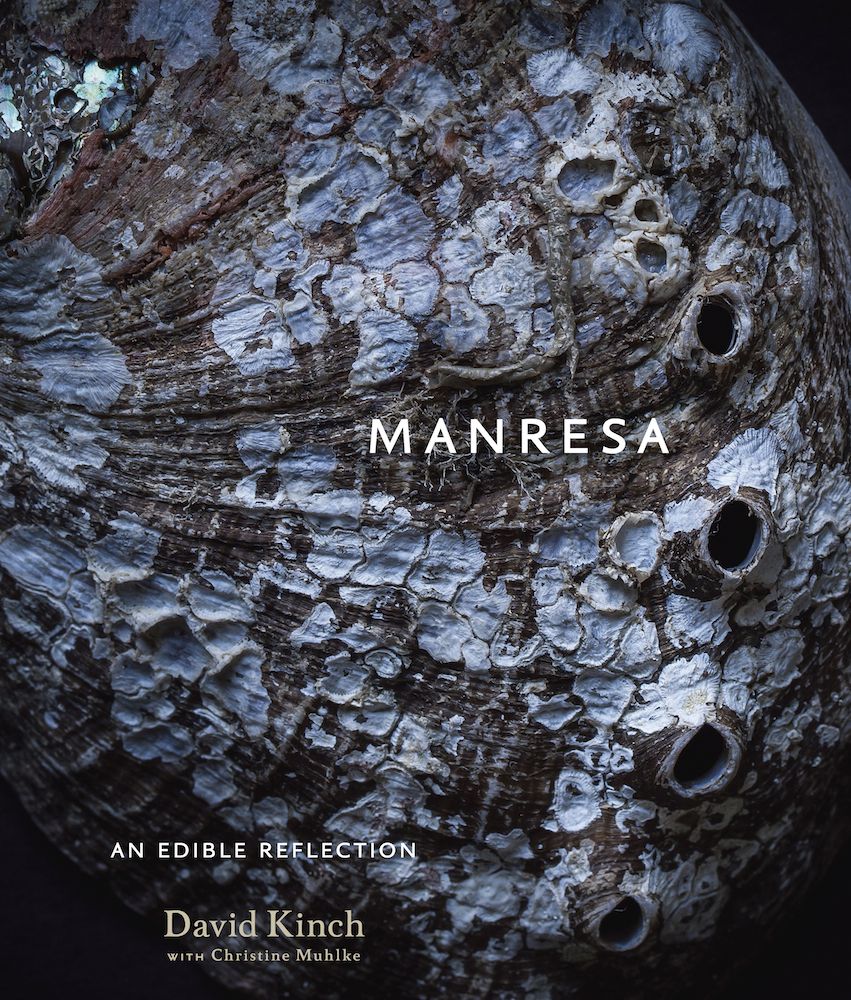
The Piglet—inspired by The Morning News' Tournament of Books—is where the 16 most notable cookbooks of the year face off in a NCAA-style bracketed tournament. Watch the action and weigh in on the results!
GET THE LATESTPopular on Food52
Continue After Advertisement
5 Comments
QueenSashy
February 26, 2014
I do not easily invest into new cookbooks, but as soon as I opened up the cover and saw the photos and the dishes, I knew I had to have this one. The thing that got me hooked is that although most of the recipes are not super achievable for home cooks (as cookingvictoria pointed out), this book inspires you to think out of the box, try new things and take new directions. It's a pricey book, but I enjoyed and continue enjoying every page of it.
cookinginvictoria
February 26, 2014
Wonderful review, KellyInToronto! Love the evocative description of both of those egg dishes. And even if many of the recipes here aren't really achievable for most home cooks, this cookbook sounds like a great read with much wisdom to impart. I look forward to checking it out! :)
Greenstuff
February 26, 2014
Great review. The first book in all the Piglet that I'm thinking I must check out.
sexyLAMBCHOPx
February 26, 2014
Very well written review. Probably not for me, but I would gladly peruse at the library.


See what other Food52 readers are saying.